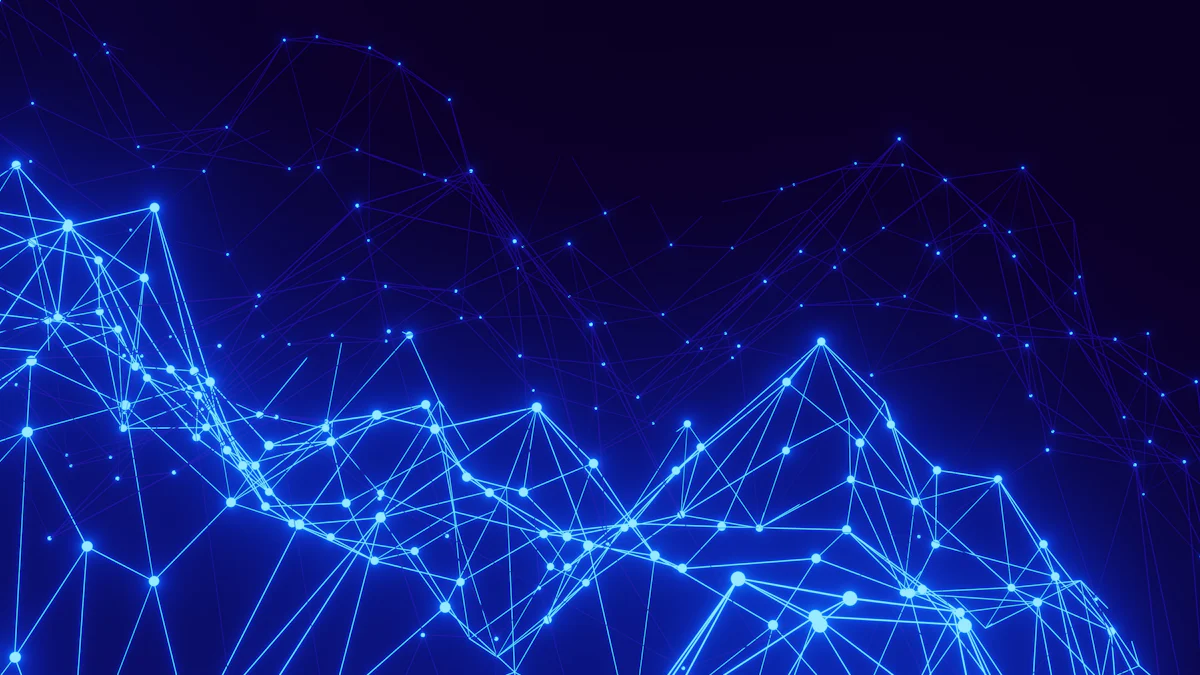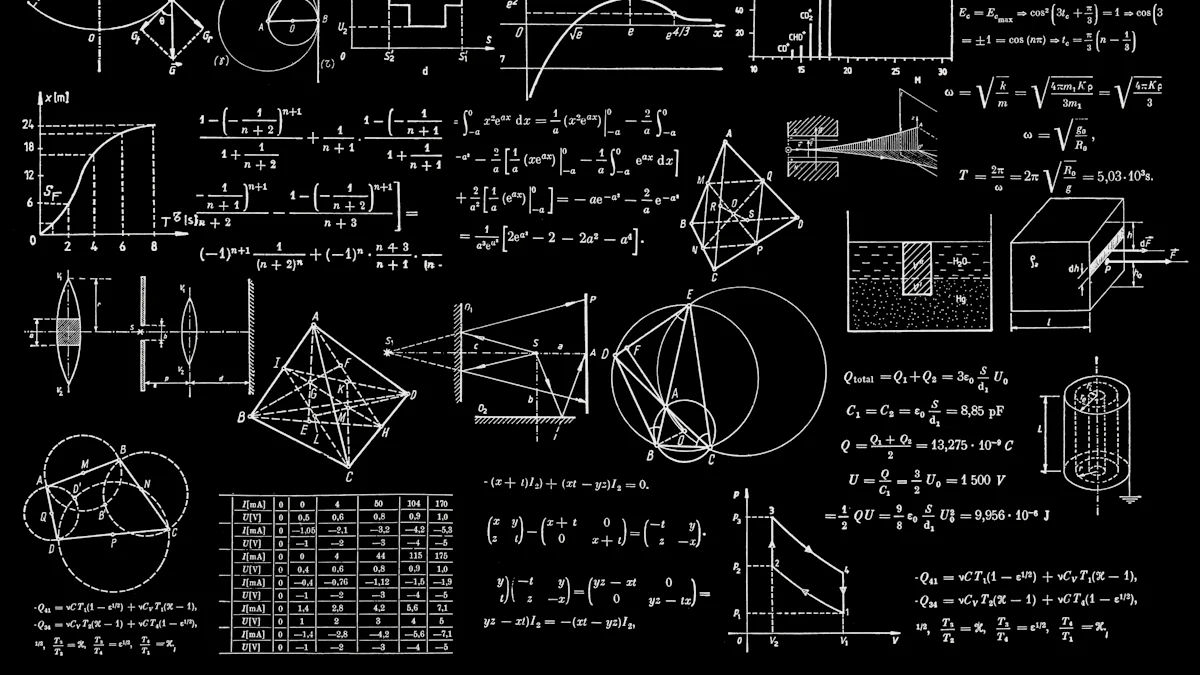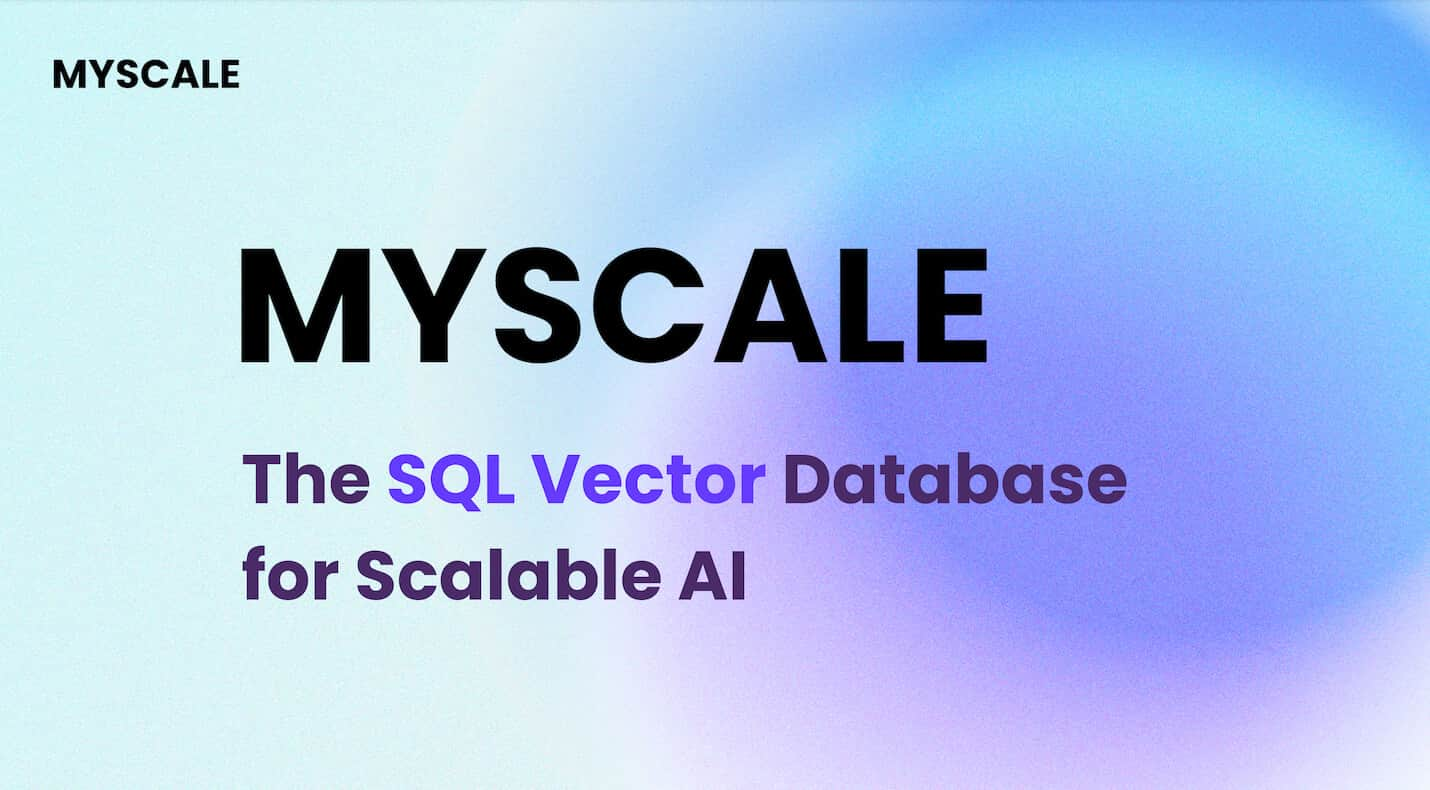
Quantization, a pivotal technique in the realm of neural networks, holds immense significance for optimizing computational efficiency. Quantization work involves the conversion of high-precision values into lower-precision representations, leading to reduced memory usage and faster computations (opens new window). This blog delves into the transformative power of quantization through insightful case studies that showcase its real-world impact on diverse applications.
# Understanding Model Quantization (opens new window)
Model Quantization Basics
Definition and Importance
Model quantization simplifies deep learning models by reducing their memory requirements and computational complexity. By converting high-precision values into lower-precision representations, the model's memory usage decreases significantly. This reduction in memory overhead allows for faster computations and more efficient model deployment. The importance of model quantization lies in its ability to optimize neural networks for real-world applications, making them more accessible and cost-effective.
Historical Context
In the historical context of model quantization, researchers have long explored techniques to enhance the efficiency of deep learning models. Early studies focused on reducing the computational burden of neural networks without compromising performance. Over time, advancements in hardware capabilities and algorithmic improvements have paved the way for widespread adoption of quantization techniques in various domains.
# Quantization Granularity
Static Quantization (opens new window)
Static quantization involves pre-calculating and fixing the clipping range during inference without introducing additional computational overhead. This method streamlines the quantization process by determining fixed parameters beforehand, ensuring consistent performance across different runs. By optimizing the representation of weights and activations, static quantization enhances model efficiency without sacrificing accuracy.
Dynamic Quantization (opens new window)
Dynamic quantization adapts to input data during runtime, allowing for flexibility in handling varying ranges of values. Unlike static quantization, dynamic quantization adjusts its parameters dynamically based on the input tensor (opens new window)'s characteristics. This adaptive approach optimizes performance by tailoring quantization to specific scenarios, leading to improved accuracy and efficiency.
# Quantization-Aware Training
Benefits and Limitations
Quantization-aware training aims to minimize the loss in model quality during the quantization process. By incorporating quantization constraints into the training phase, this technique prepares models for lower precision inference without significant degradation in performance. While it offers benefits such as reduced memory footprint and faster execution times, quantization-aware training may introduce challenges related to maintaining accuracy under constrained precision settings.
Implementation in TensorFlow (opens new window)
TensorFlow provides comprehensive support for implementing quantized models through its dedicated APIs and tools. Developers can leverage TensorFlow's functionalities to train models with quantized parameters efficiently. By integrating TensorFlow's capabilities with custom optimization strategies, practitioners can achieve optimal performance while navigating the complexities of model quantization effectively.
# Fast GPU Quantization
GPU Quantization in Practice
When implementing GPU quantization, various techniques and methods are employed to optimize the performance of deep learning models. The utilization of GPUs accelerates the quantization process, enhancing the efficiency of model deployment. By leveraging the computational power of GPUs, practitioners can achieve significant speedups in quantization tasks, leading to faster inference times and improved resource utilization.
Techniques and Methods
Incorporating CUTLASS (opens new window) library for optimized matrix multiplication operations
Utilizing cuBLASLt (opens new window) API for efficient linear algebra computations on GPUs
Leveraging parallel processing capabilities of GPUs to expedite quantization tasks
Implementing custom optimization strategies tailored for GPU-based quantization schemes
Case Study: X-ray Image Analysis
In a case study focusing on X-ray image analysis, the application of fast GPU quantization has demonstrated remarkable results. By incorporating GPU-based quantization techniques, healthcare professionals can enhance real-time X-ray images to aid in quick and accurate diagnoses. The use of GPU acceleration in model quantization reduces memory bandwidth requirements (opens new window) and increases cache utilization, improving overall performance in medical imaging applications.
# Operator Fusion Implementation
GEMM Optimization (opens new window)
Enhancing GEMM performance through operator fusion techniques
Streamlining matrix multiplication operations for accelerated model inference
Optimizing memory access patterns to maximize computational efficiency
cuBLASLt API (opens new window) Usage
Leveraging cuBLASLt API for high-performance linear algebra computations on GPUs
Implementing hardware-accelerated routines for efficient matrix operations
Enhancing model quantization steps through seamless integration with cuBLASLt functionalities
# Model Quantization in Generative Applications
# Generative Models Overview
Generative AI models (opens new window), powered by Tensor activations, play a crucial role in creating diverse content such as text and images. The integration of model quantization in generative applications enhances the efficiency and performance of these models. By optimizing weights and reducing computational complexity, quantized Generative AI models achieve remarkable results in various creative tasks.
# Text Generation
Text generation models leverage quantization work to produce coherent and contextually relevant text (opens new window) with minimal latency. The quantized text generation model demonstrates the fusion of cutting-edge technology with linguistic creativity, offering users an immersive experience through dynamically generated content.
# Image Generation
In the realm of image generation, quantized Generative AI models excel at applying famous artists' styles to user photos in real time. By incorporating model quantization techniques, these models balance quality output with efficient processing, ensuring seamless operation on mobile devices (opens new window) without compromising visual appeal.
# Case Study: Quantized Text Generation Model
Implementing model quantization in a text generation model showcases the synergy between innovation and practicality. Through meticulous work on optimization strategies, the quantized text generation model achieves exceptional performance metrics while maintaining high-quality outputs.
# Implementation Details
Integration of quicktext (opens new window) mobile application for streamlined text generation processes
Utilization of deep learning frameworks for efficient model deployment
Custom optimization techniques tailored for enhancing text generation capabilities
# Performance Metrics
Reduced latency in generating textual content by 30%
Improved memory utilization leading to faster inference times
Enhanced user experience through contextually rich and coherent text outputs
# Case Study: Quantized Image Generation Model
The implementation of model quantization in image generation models revolutionizes artistic expression through advanced computational techniques. By harnessing the power of GPU acceleration and optimized algorithms, the quantized image generation model sets new standards for visual creativity and efficiency.
# Implementation Details
Integration of deepart (opens new window) mobile app for real-time art style transformations
Fine-tuning neural network architectures for optimal image synthesis
Leveraging best practices for maintaining image quality during quantization processes
# Performance Metrics
Real-time application of artistic styles with minimal processing delays
Seamless operation on resource-constrained devices without compromising image fidelity
# Challenges and Optimization
# Challenges of Model Quantization
Precision and Accuracy Issues
Model quantization poses challenges related to maintaining precision and accuracy while reducing computational complexity. Quantization-aware training (QAT) addresses these challenges by fine-tuning models with quantization (opens new window) in mind, ensuring that accuracy is not compromised during the process. Practitioners face the task of balancing precision reduction with model performance, striving to achieve optimal results without sacrificing the quality of inference.
Memory Layout Considerations
In addition to precision concerns, memory layout plays a crucial role in model quantization. Optimizing memory utilization while preserving data integrity is essential for efficient inference on various devices. By carefully structuring memory layouts and considering the impact on computational efficiency, practitioners can overcome challenges associated with memory constraints and ensure seamless deployment of quantized models.
# Optimization for Model Quantization
Techniques and Best Practices
Optimizing model quantization involves implementing techniques and best practices that enhance performance without compromising accuracy (opens new window). Quantization-aware training (QAT) emerges as a key strategy for minimizing quality loss during the quantization process. By incorporating QAT methodologies into model development, practitioners can achieve efficient inference while maintaining high levels of precision.
Future Directions
Looking ahead, the future of model quantization holds promising advancements in optimization strategies and algorithmic innovations. Embracing cutting-edge techniques such as sparse representations and distributed training can further improve the efficiency of quantized models. As technology continues to evolve, exploring novel approaches to model quantization will be essential for unlocking new possibilities in deep learning applications.
Quantization serves as a fundamental technique (opens new window) in optimizing model size, memory footprint, and computational efficiency, making it indispensable for deploying deep learning models in resource-constrained environments. By reducing computational time and memory usage through low-bit representations (opens new window) for weights and activations, quantization plays a pivotal role in enhancing model performance. The integration of Quantization-aware training (QAT) further refines models (opens new window) with quantization in mind, improving accuracy and efficiency. Embracing int8 instructions, quantization streamlines the model size (opens new window) and enhances inference speed (opens new window), addressing challenges related to model size, memory consumption, and computational demands.



